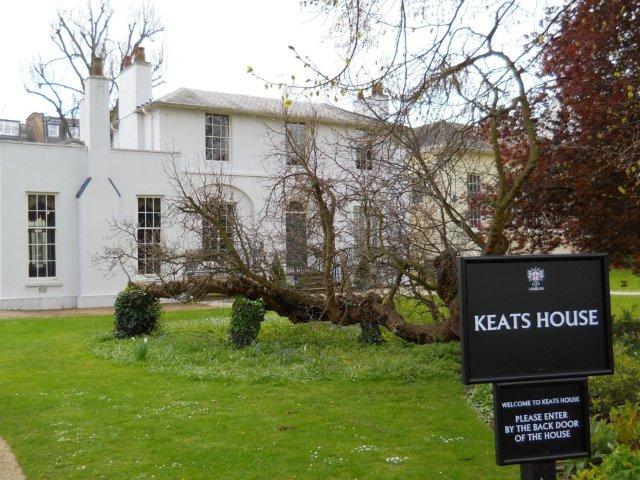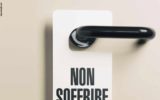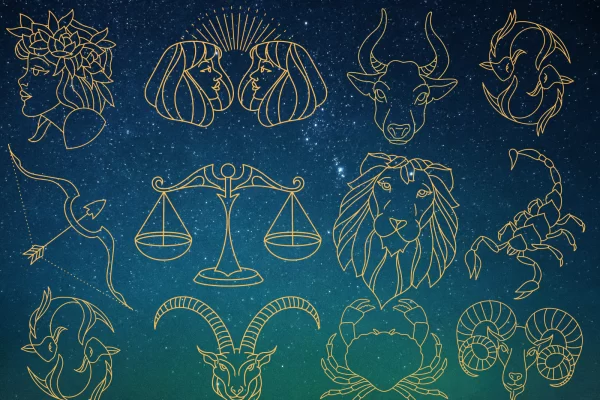A legend, transmitted over the years, tells that the harsh reviews about his works, killed the poet, but it was not like that.
At the age of 26 Keats died of tuberculosis, a disease that didn’t save both Keats’s mother and Tom, his worshipped brother. For a long time the criticism, and also Keats’s contemporaries, thought that the dead of the young poet was strongly connected to the pains suffered for devastating reviews received after his publications. But it wasn’t exactly like that.
The publication of Shelley’s elegy in honour of Keats, Adonais, fueled this belief was. Shelley was moved, not only by the deep respect he felt towards Keats, who he considered a great talented poet, but above all by the devastating criticism to his works which Shelley though speeded the death of the young poet. Surely Keats’s personal happenings contributed to give him very painful moments, but these ones were episodes that didn’t affect his soul, on the contrary, sometimes they strengthened it.
The first great affliction in his live didn’t spare neither family affection nor his loved poetry. On 27th April 1818, the Endymion was published and at the same time his brother Tom started to spit blood, to suffer and his health got worse quickly. Several months after the publication of his Endymion ,awave of negative criticisms fell on the poet. Influential periodicals of that time such as Quarterly Review (which was the most pitiless towards Keats), the British Critic, the Blackwood, injured him in publicly and without mercy.
The Blackwood suggested him to come back to be a doctor[1], because he wasn’t a good poetry : («… It is a better and a wiser thing to be a starved apothecary than a starved poet») [2] while the Quarterly Review went farther: [«Mr. Keats, (if that be his real name, for we almost doubt that any man in his senses would put his real name to such a rhapsody,) it is not, we say, that the author has not powers of language, rays of fancy, and gleams of genius — he has all these; but he is unhappily a disciple of the new school of what has been somewhere called Cockney poetry; which may be defined to consist of the most incongruous ideas in the most uncouth language (…) This author is a copyist of Mr. Hunt; [3] but he is more unintelligible, almost as rugged, twice as diffuse, and ten times more tiresome and absurd than his prototype». [4]
These criticism psychologically would have destroyed anyone, but not Keats. He was offended, it is true, but he proved himself strong, because he got a positive side from a negative event: the criticisms were constructive. It meant that his poetry was not mature and that he should have done better. And in a letter to his friend Hessey on 8th October 1818, [5] Keats wrote:
«It has so chanced that I have had that paper every day – I have seen to-day’s. I cannot but feel indebted to those Gentlemen who have taken mypart – as for the rest, I begin to get e little acquainted with my own straight and weakness. – Praise or blame has but a momentary effect on the man whose love of beauty in the abstract makes him a severe critic on his own Works. My own domestic criticism has given me pain without comparison beyond what Blackwood or the Quarterly could possibly inflict – and also when I feel I am right, no external praise can give me such a glow as my own solitary reperception and ratification of what is fine». And then, at the end of the letter he added: « (…)I was never afraid of failure; for I would sooner fail than not to be among the greatest (…) ».
Keats had a deep self-confidence in his capabilities; he knew that one day he would have been remembered among the greatest poets and his friends’s support was the right encouragement to pursue the chosen way. His tenacity proved he was right, and now, he is considered one of the major English Romantics of the first generation next to Byron and Shelley.
Our journey re-discovering John Keats goes on and stops on pages of detective story written by Ben Pastor. She is an Italian-American writer, who fascinated by John Keats’s personality, wrote the thriller story «Keats’s flower girl».
[1] Following his guardian’s advice, Keats started his carrier as a doctor. Keats became a licensed apothecary, but his passion for poetry changed the path he had led him to quit the medical profession in order to entirely dedicate entirely himself to poetry.
[2]John Lockhart “Cockney School of Poetry”, Blackwood’s Edinburgh Magazine, 3 (1818) 520 – the author of the articles refers to “school of Hunt”. Hunt was both a writer and a Keats’s friend who encouraged him to write, who lent books to him and helped him to publish. He wasn’t loved by the criticism of that time, and for some time John Keats got away from him, being afraid for his reputation.
[3] the author of the articles refers to “school of Hunt”. Hunt was both a writer and a Keats’s friend who encouraged him to write, who lent books to him and helped him to publish. He wasn’t loved by the criticism of that time, and for some time John Keats got away from him, being afraid for his reputation.
[4] Quarterly Review 19 (April 1818) 204-08 (http://spenserians.cath.vt.edu/TextRecord.php?textsid=7900
[5] Letter to Hessey on 8th October 1818 –LETTERS OF JOHN KEATS TO HIS FAMILY AND FRIENDS, edited by Sidney Colvin, London 1891 (https://archive.org/stream/lettersofjohnkea00keatiala#page/n9/mode/2up)
Sources:
NADIA FUSINI, Keats – Lettere sulla poesia, Oscar Mondadori
Quarterly Review 19 (April 1818) 204-08 (http://spenserians.cath.vt.edu/TextRecord.php?textsid=7900)
John Lockhart “Cockney School of Poetry”, Blackwood’s Edinburgh Magazine, 3 (1818) 520 (http://www.john-keats.com/biografie/blackwood.htm)
LETTERS OF JOHN KEATS TO HIS FAMILY AND FRIENDS, edited by Sidney Colvin, London 1891 (https://archive.org/stream/lettersofjohnkea00keatiala#page/n9/mode/2up)























